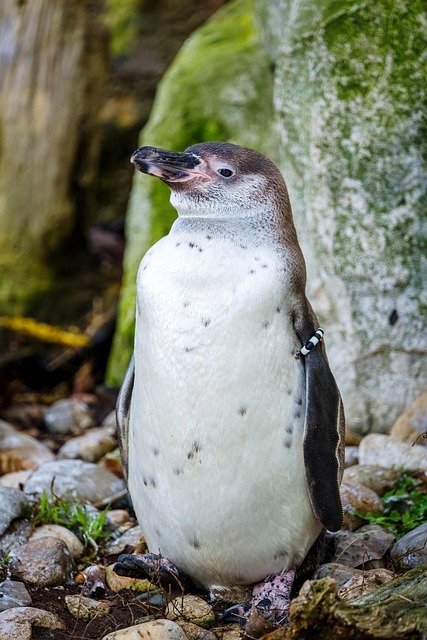**Title: "The Remarkable Adaptations of Penguins: How These Flightless Birds Thrive in Har

The Remarkable Adaptations of Penguins: How These Flightless Birds Thrive in Harsh Environments
Penguins are some of the most fascinating birds on our planet. Known for their distinctive tuxedo-like appearance and inability to fly, these remarkable creatures have evolved a series of adaptations that allow them to thrive in some of the harshest environments on Earth. In this post, we'll explore the unique features and behaviors that enable penguins to survive and flourish in extreme conditions.
1. Streamlined Bodies
One of the most notable adaptations of penguins is their streamlined bodies. This shape reduces drag while swimming, allowing them to move efficiently through water. Their wings have evolved into flippers, which help them propel themselves with speed and agility, making them excellent swimmers.
2. Insulating Feathers
Penguins are equipped with a layer of dense, waterproof feathers that provide insulation against the cold. These feathers are tightly packed and overlap, creating a barrier that traps air and retains heat. Additionally, penguins have a layer of fat, known as blubber, beneath their skin that further insulates them from frigid temperatures.
3. Unique Social Structures
Penguins are highly social animals that often live in large colonies. This social structure provides numerous benefits, including protection from predators and the ability to share warmth during harsh weather. By huddling together, penguins can conserve heat and reduce their exposure to the elements.
4. Specialized Feeding Techniques
Penguins have adapted their feeding habits to thrive in cold, nutrient-rich waters. Their diet primarily consists of fish, krill, and other marine organisms. They are excellent divers, capable of reaching depths of over 500 meters (1,640 feet) in search of food. Their keen eyesight and specialized beaks help them catch prey efficiently.
5. Parental Care
Penguins exhibit remarkable parental care, with both parents often sharing the responsibility of incubating eggs and feeding chicks. In species like the Emperor Penguin, males incubate the eggs on their feet, keeping them warm during the harsh Antarctic winter. This commitment to nurturing their young ensures the survival of the next generation.
6. Thermoregulation
To cope with extreme cold, penguins have developed sophisticated thermoregulation mechanisms. They can control blood flow to their extremities, allowing them to conserve heat in their core while managing their body temperature. This ability is crucial for survival in frigid environments.
Conclusion
Penguins are a testament to the power of evolution and adaptation. Their unique features and behaviors enable them to thrive in some of the most challenging habitats on Earth. As we continue to study these remarkable birds, we gain valuable insights into the resilience of life and the importance of preserving their natural habitats.
Whether you're an avid birdwatcher or simply curious about wildlife, penguins are sure to captivate your imagination with their incredible adaptations and endearing social behaviors.

Congratulations @pixelpenguin! You received a personal badge!
You can view your badges on your board and compare yourself to others in the Ranking
Check out our last posts: